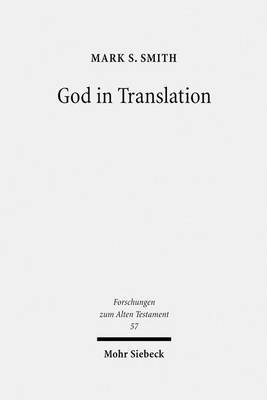Mark S. Smith charts the many cases of deities recognized across cultures in the Late Bronze Age, Ancient Israel and early Judaism and the New Testament. This cross-cultural recognition took place in identifications or equations of deities of different cultures (for example, in lists of deities), and in representations of different deities of various cultures acting together (e.g., deities of different cultures serving as guarantors of and witnesses to international treaties). The context of 'translatability of deities' in the Late Bronze Age and Iron Age Israel supported international political relations. In the Iron Age, the worldview of regional deities on par with one another lost its intelligibility in the face of Neo-Assyrian empire ideology. In turn, Israel expressed its worldview of a single god powerful over all. As a result, biblical writers and scribes engaged in a sophisticated hermeneutics to mediate between older expressions of translatability embedded within its emergent monotheistic expressions. The Greco-Roman period witnessed an explosion in the types and genres of cross-cultural discourse about deities, and as a result, Jewish authors and some New Testament sources responded to this sort of discourse, sometimes negatively and at other times quite positively. Engagement with other cultures helped Israel come to understand its god.
- ISBN13 9783161495434
- Publish Date 6 August 2008 (first published 1 January 2008)
- Publish Status Active
- Publish Country DE
- Imprint JCB Mohr (Paul Siebeck)
- Format Hardcover
- Pages 408
- Language English
